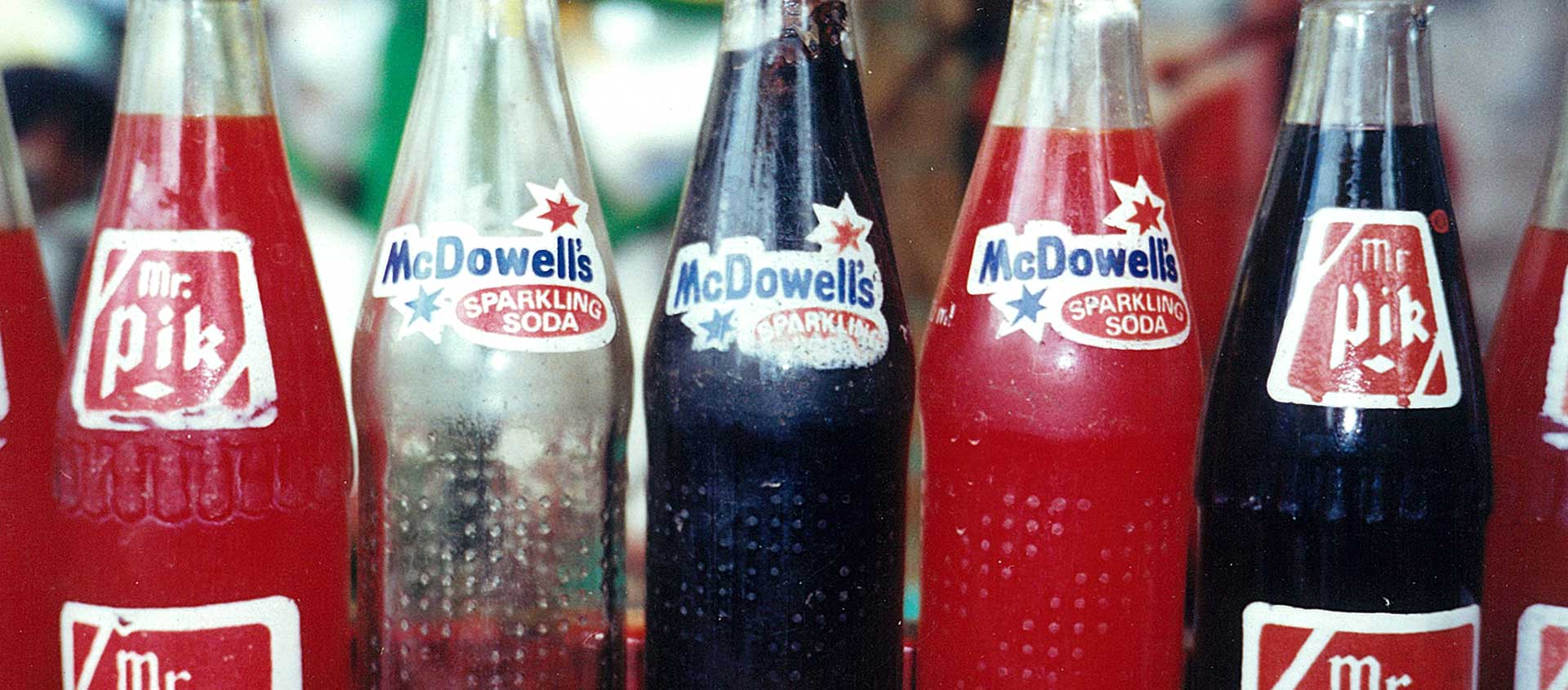Advertising Was Selfish, Engagement Is Social
The counter argument to the world of 24X7 connectivity is already taking shape. The once celebrated idea of the digital natives, living a life that’s always on, seems to be meeting with some protest. Crispin Porter Bogusky’s campaign for window’s mobile 7, titled ‘really’ gives us a peek into the beginning of this trend.
The new outward orientation of brand communications, the desire to find the culturally meaningful stuff, the desire to create engagement and not always a sales pitch can redeem advertising of its selfishness.
It’s interesting to see a mobile phone brand take a stance against our submissive immersion to the gadget. The phone is positioned as – designed to get you in and out and back to life – and provokes people to live real over digital. ‘Be here now’ is the tagline. Love the idea and the execution, partly because we were onto a similar thinking sometime back for one of the brands but the idea got jettisoned. But more importantly because it reflects a larger shift in the way marketing and communication is moving. While advertising by definition was selfish about what it had to sell, today’s construct of engagement is more worried about what’s socially important. Even if it at times it goes against the logic of your own product.
The presentation by Dentsu’s Akira Kagami underlined this need for advertising to stand up to a social situation as that of Japan. The work that he shared did a brilliant job of helping people keep their calm and telling them the etiquettes during an emergency situation like this. To my mind, this was an example of advertising as a function putting the society above itself. The desire and its ability to bring larger meaning to the society is apparent in a lot of work that’s been put out by this industry in the recent times. This was also the sentiment in Crispin Porter Bogusky’s panel when they spoke about giving a larger mission to their brands.
The veteran of creativity, Edward De Bono in fact went on and blamed poor thinking for all the ills of today’s governance and society. As one of the examples, he spoke about the problem of parking in premium places. His solution was to create headlight-on parking zones. People who park in these zones would have to leave the headlight on. This would ensure that they would rush back to their cars as soon as they can, to prevent the battery from draining out. De Bono’s offer is that creative thinking can make this world a better place – not just help sell soaps and oil.
The new outward orientation of brand communications, the desire to find the culturally meaningful stuff, the desire to create engagement and not always a sales pitch can redeem advertising of its selfishness. There is evidence that people today are having conversations about brands in their lives far more than they ever did. And these conversations will neither be about the ‘key benefit’ nor the ‘reason to believe’ that our brand documents so obsess about. But they can surely be about some socially meaningful stuff that people care about.
(This article was first published at Afaqs.com)


No Comments